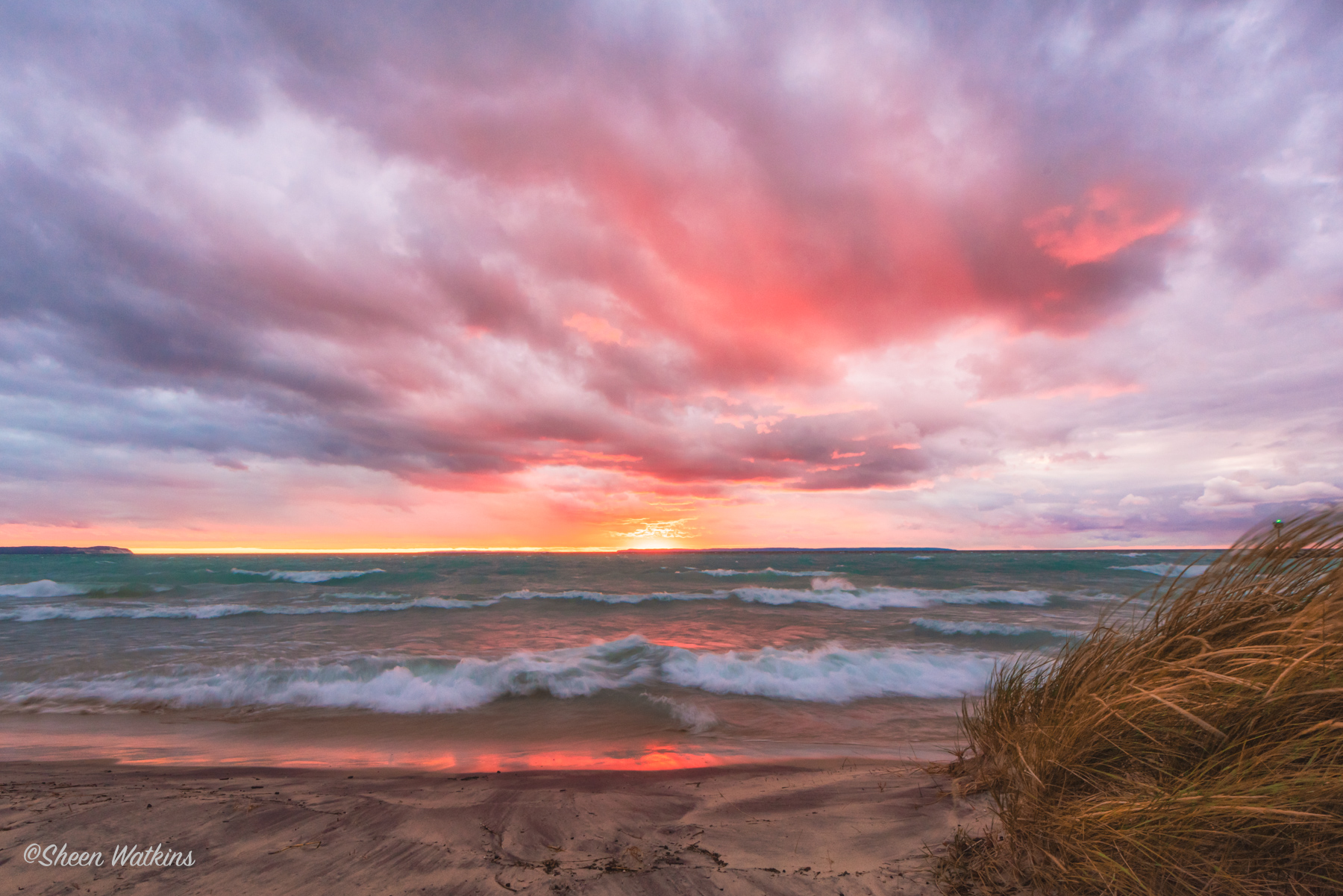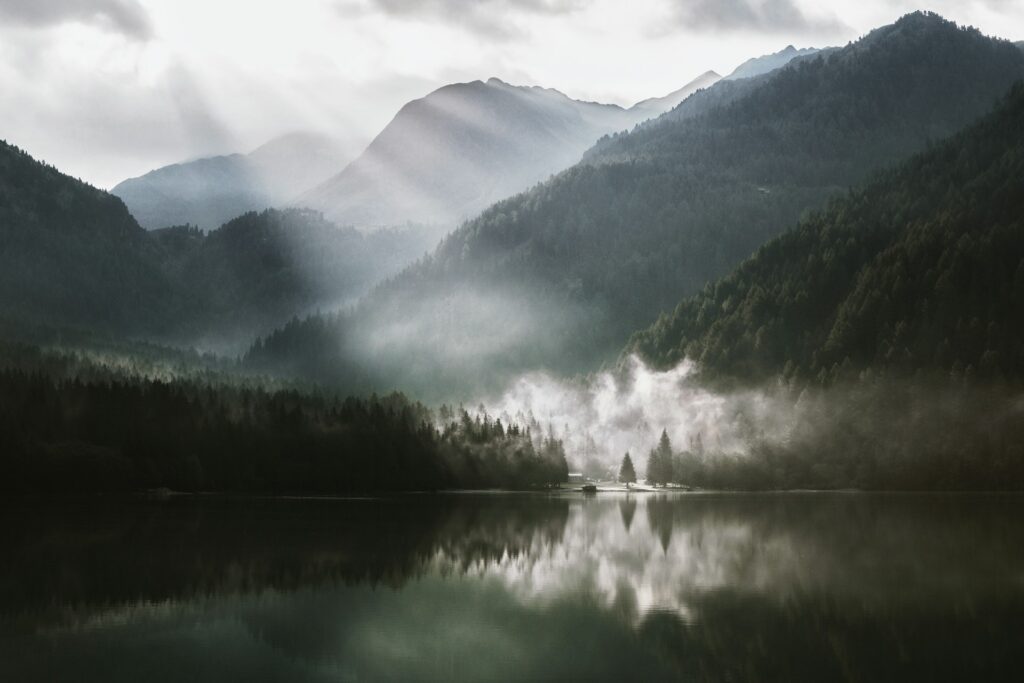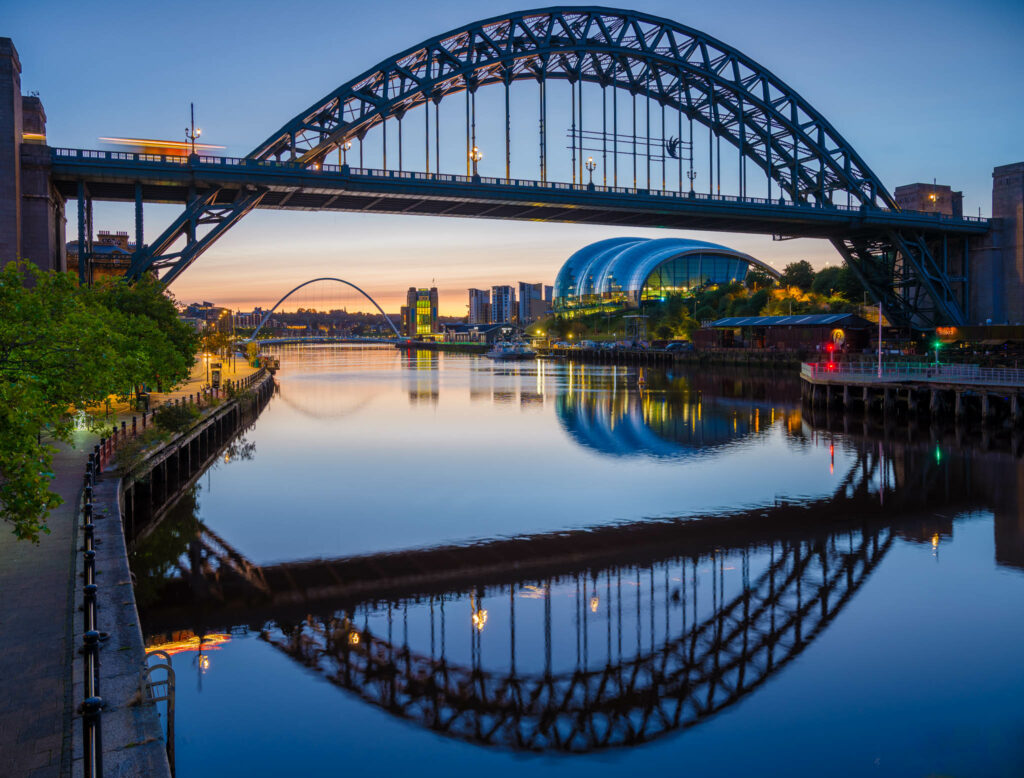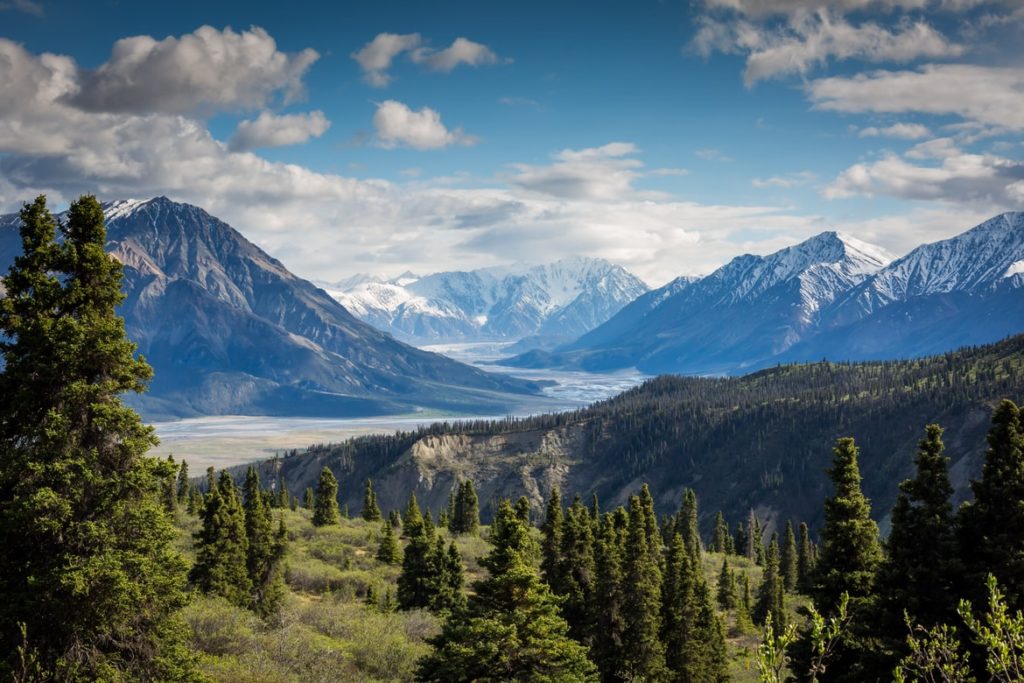We travel near and far to photograph our landscapes. We take a lot of pictures. Yet, we know that special moment when we see it. You know the ones. The big landscape views that offer that little something extra. That “wow” factor. It may pop up down the road or many miles away. Wherever that moment arises, translating that “wow” that you see with your eye into the image you envision may be easy some days and a pain on others.
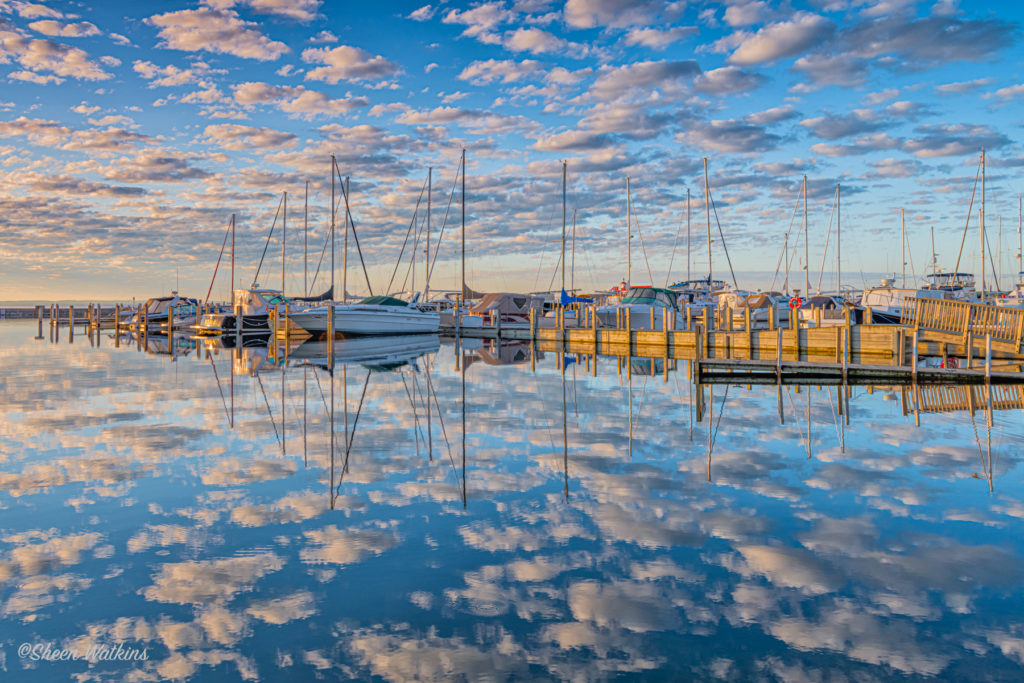
When working with landscapes when using wide-angle lenses as part of your landscape photography equipment, your intended story can get lost in the big picture. We'll explore technical considerations when working with wide-angle lenses. Additionally, we'll highlight artistic techniques to add pop to your landscape images! If you want another alternative then our telephoto lenses for landscape photography guide may also be of interest.
What is a Wide Focal Length?
With full-frame cameras, lenses that range from 14 – 35mm are considered wide-angle lenses. When you reach the 14-24mm, it's quite common for this focal length to be referred to as extra wide.
With cropped sensor cameras, the range is 10 – 24mm.
Working with Wide/Extra Wide Lenses
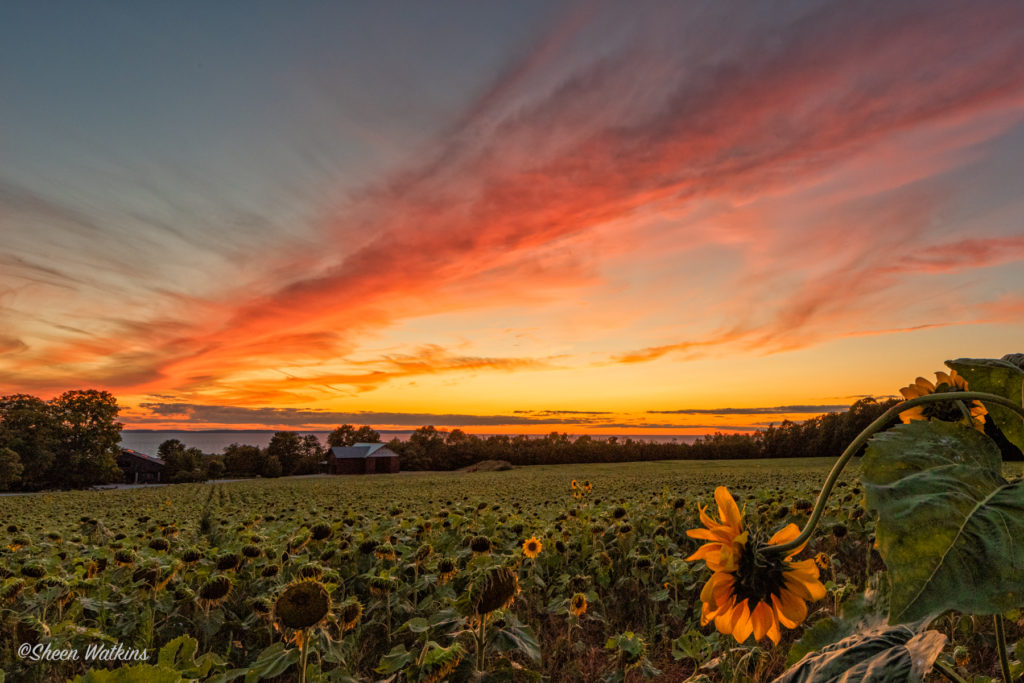
Images captured with wide-angle lenses optimize big, bold and robust scenes. Large scale landscapes of mountains, mirror image towering reflections from top to bottom, cascades of blue/golden hour skies that meld into the depths of the horizon are examples of big scenes brought close to the eyes of the viewer.
There are two fundamental questions I use as internal guides when working with extra-wide lenses. 1) Will I be able to fill the frame with interest? 2) If the scene is large and at a distance away, is there an up-close anchor point or line that creates a visual pull into the image? See Ref image #2 above.
When planning and composing images using wide-angle lenses, there are a few considerations to keep top of mind:
- Everything and more is in the frame: When composing images with wide angles, inspecting top to bottom, right to left will prevent extra post-processing work. Shadows, twigs, debris and other distractions like to sneak their way into the frame.
- What is in the distance will be very small: That big bold sun at the horizon won't be big and bold with these wide-angle lenses. Wide angles visually push elements further into the background. If you're wanting the bold sun to look big, a midrange or shorter telephoto may be a better alternative.
- Wide angles exaggerate distance and some perspectives: Close objects will appear significantly larger than those even a little bit further in the background. Leading lines trail into the distance quickly giving a greater illusion of depth. Parallel lines and angles converge when the camera is shifted vertically.
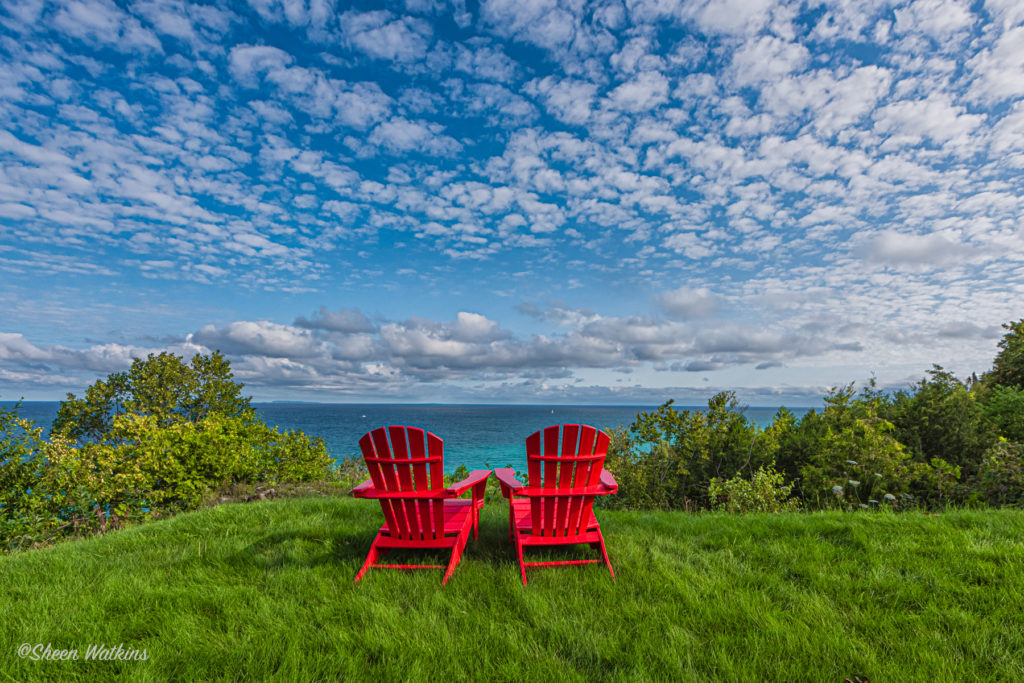
Techniques That Shine
From flashes of color to perspective of view, we'll cover several approaches to keep top of mind as you're exploring landscapes.
- Color Splash – your images won't be soggy with a pop of bold color. Landscapes with simple, bold color elements say “notice me.” See Ref image #3
- Human Element/Scale – Humans in landscapes tell a different type of story. It can be action, journalistic, mood or relativity of size.
- Minimalist – It's a big world out there. Leverage the bigness of blankness by using a small, interesting subject.
- Distorted Perspective – When working with wide angles and architecture, the camera's virtual horizon gage will help keep vertical and horizon lines in check. Wide-angle lenses when pointing the camera down or up, will add a bit more creative distortion to the perspective.
- Reflections that Shine – Create depth and dimension of height and subject strength with mirror image reflections. Still waters serve as a great reflecting pool. See image Ref 1 at the top of the article
- Slowing it Down – Dreamy, silky, smooth waters add coolness and a calming factor to the rush of water. Slow shutter speeds and moving waters bring rich artistry and color. Keeping neutral density filters in your bag ensures that you're ready to slow it down when the opportunity arises. Check out: How to Use Neutral Density Filters Artistically
- Black and White – Does the image you captured not meet your expectation? You're not alone, it happens to all of us! Before you ditch that surprise disappointment, convert it to black and white and see what happens. A few aggressive contrasts, a third-party app and you might find it exceeded your expectations! Here's a terrific quick guide: Short Guide to Black and White Photography
- Big & Bold – In the world of Instagram, Facebook and social media, millions of images are uploaded daily. Flat, under-processed images fade into the woodwork. Conversely, heavy-saturated images are a current trend across the Instagram landscape as they need to stand out on small, smartphone devices. When working with landscapes in post-processing, make your images pop through your own technique, your own personal preferences. Don't hesitate to push the limits on the sliders in your post-processing and pull back to what works for you. Just as you have your own eye when photographing your subject, the same is true with post-processing. Get creative and escape your own boundaries.
- Weathering the Storm – Wicked weather, wild conditions, northern lights can pour intensity into an image. Always keep safety top of mind!
- Straight or Curvy – Follow the obvious or not so obvious lines to pull the viewer into the image. A leading line may be harsh straight or curvy lines. Soft lines and patterns can be equally effective in creating depth.
- Skies are the Limit – Nothing is more boring in an image (my personal opinion) than a flat blue sky. When the skies are dotted or scattered with clouds, take advantage of the moment and float away on cloud 9 with wispy or textured skies.
Working With Midrange Focal Lengths
Lastly, midrange focal lengths offer a tremendous amount of flexibility. From street landscapes, beaches, smaller scenic venues, a midrange zoom lens is a workhorse for many photographers. If you don't have a wide-angle lens but need one for a given landscape, you can always take multiple images that overlap and stitch them together in post-processing software. For tips on stitching: How to Stitch Images in Photoshop.
Further Learning
If you want to dive a little deeper on this topic, then we also have some tips on using wide angle lenses in landscape photography that will be of interest to you.
If you want to take your landscapes to the next level, then one of the very best Landscape courses you can get online is Kent DuFault's The Complete Landscape Photography Guide. This guide covers everything from camera settings, composition and gear. The Complete Landscape Photography Guide is definitely worth your while.
